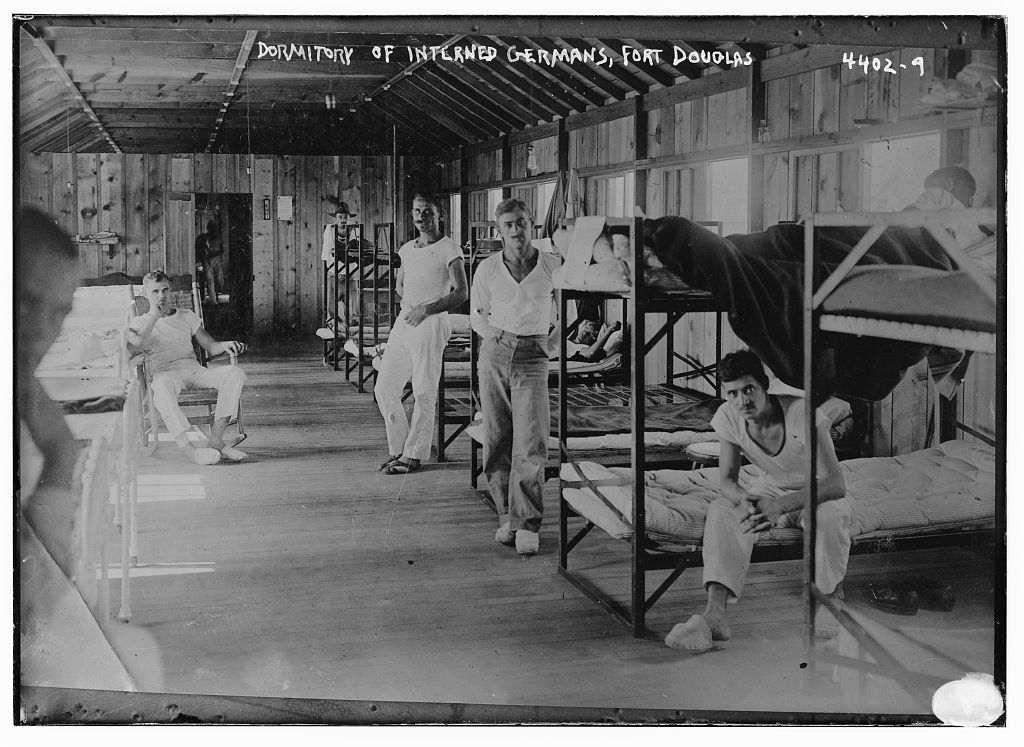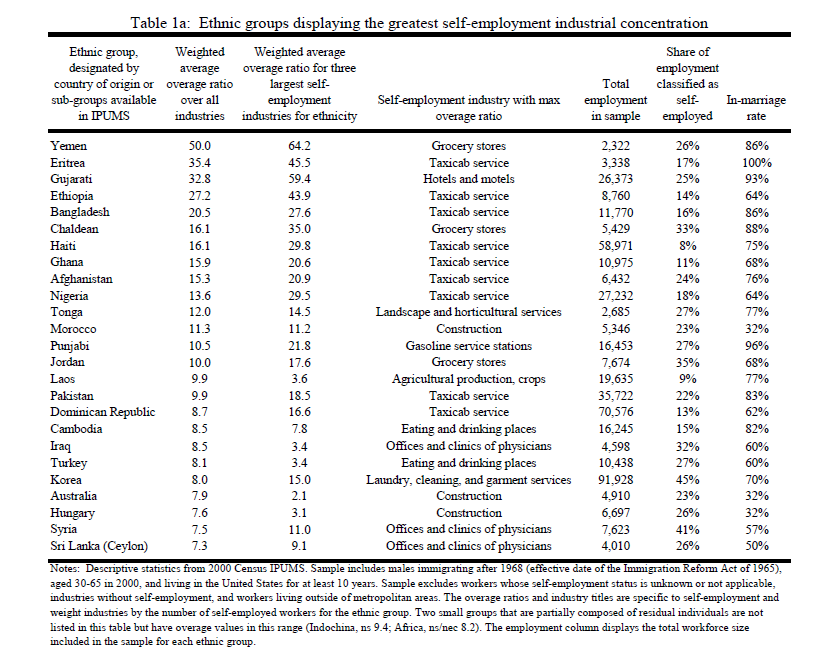william the wie
Gold Member
- Nov 18, 2009
- 16,667
- 2,402
- 280
While overdone by people such as H S Dent jr. most consumption is driven by age and sex. A flaw in almost economic projections is that birthrates among women with rising or first world income and access to birth control tend towards an average of 1.6 births.
(I did the research myself for myself using the "Pocket World in Figures" to check anecdotal comments that horse and other mammal breeders operate on the principle that the dam provides 60% of inheritance. As to why women operate on an assumption of 62.5% human maternal inheritance [1/1.6=0.625 I have not a clue.)
But since offspring are such a massive driver of consumption by parents and grandparents deflation in the developed world seems likely to break out soon.
(I did the research myself for myself using the "Pocket World in Figures" to check anecdotal comments that horse and other mammal breeders operate on the principle that the dam provides 60% of inheritance. As to why women operate on an assumption of 62.5% human maternal inheritance [1/1.6=0.625 I have not a clue.)
But since offspring are such a massive driver of consumption by parents and grandparents deflation in the developed world seems likely to break out soon.






